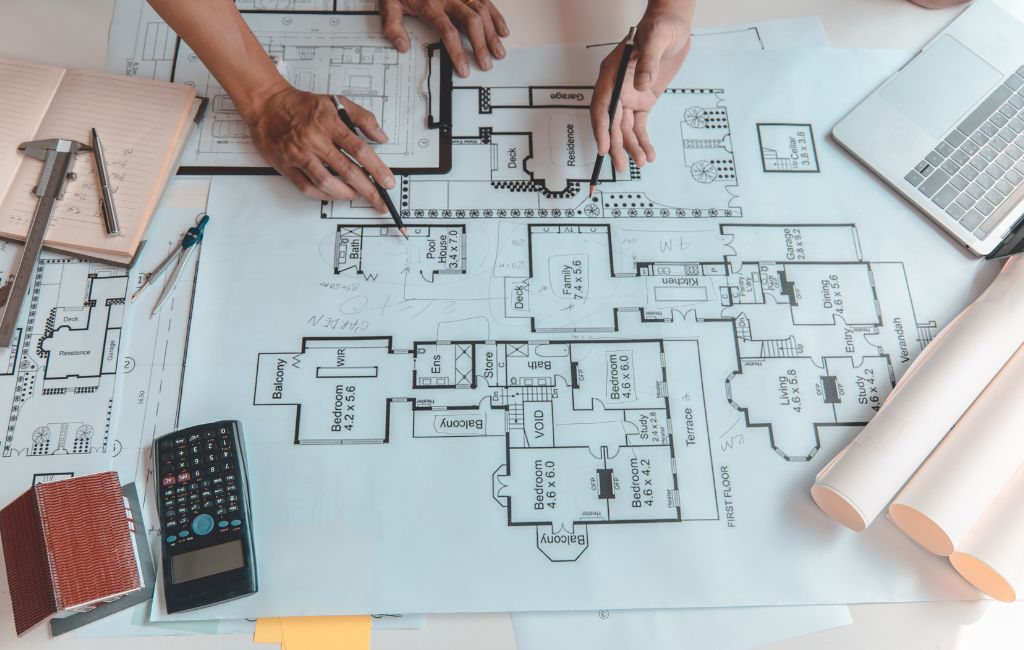Innovative Architect: Designing the Future
Architecture has always been a reflection of society’s values, technological advancements, and cultural shifts. As we move further into the 21st century, the field of architecture is undergoing a transformation driven by innovation, sustainability, and a focus on human-centric design. This article explores how architects are designing the future today, with a focus on cutting-edge technologies, sustainable practices, and groundbreaking projects.
Embracing Cutting-Edge Technologies
Modern architecture is increasingly leveraging advanced technologies to create buildings that are not only aesthetically pleasing but also highly functional and efficient. Some of the most impactful technologies include:
- Building Information Modeling (BIM): BIM allows architects to create detailed 3D models of buildings, facilitating better planning, design, and construction processes. This technology enhances collaboration among stakeholders and reduces errors and costs.
- 3D Printing: 3D printing is revolutionizing the construction industry by enabling the creation of complex structures with precision and speed. This technology is particularly useful for producing custom components and prototypes.
- Virtual Reality (VR) and Augmented Reality (AR): VR and AR are transforming the way architects present their designs to clients. These technologies provide immersive experiences, allowing clients to visualize and interact with the proposed spaces before construction begins.
- Smart Building Systems: Integrating IoT (Internet of Things) devices and smart systems into buildings enhances their functionality and efficiency. These systems can monitor and control various aspects such as lighting, heating, and security, leading to more sustainable and user-friendly environments.
Prioritizing Sustainability
Sustainability has become a cornerstone of modern architecture. Architects are increasingly focused on designing buildings that minimize environmental impact and promote energy efficiency. Key strategies include:
- Green Building Materials: The use of sustainable materials, such as recycled steel, bamboo, and reclaimed wood, reduces the carbon footprint of construction projects. These materials are not only eco-friendly but also durable and aesthetically pleasing.
- Energy-Efficient Design: Incorporating passive design principles, such as natural ventilation, daylighting, and thermal mass, helps reduce energy consumption. Additionally, the integration of renewable energy sources, like solar panels and wind turbines, further enhances a building’s sustainability.
- Water Conservation: Implementing water-saving technologies, such as rainwater harvesting systems and low-flow fixtures, helps reduce water usage. Green roofs and permeable pavements also contribute to better water management and reduce urban heat island effects.
- Waste Reduction: Architects are adopting construction practices that minimize waste generation. This includes modular construction, which allows for the efficient use of materials and reduces on-site waste.
Groundbreaking Projects
Several innovative architectural projects around the world exemplify the principles of cutting-edge technology and sustainability. These projects serve as inspirations for future designs:
The Edge, Amsterdam
The Edge is often hailed as the world’s most sustainable office building. Located in Amsterdam, this building features a range of smart technologies that optimize energy use and enhance occupant comfort. The Edge’s design includes solar panels, rainwater harvesting systems, and a highly efficient HVAC system. The building’s smart lighting system, powered by IoT devices, adjusts based on occupancy and natural light levels, significantly reducing energy consumption.
One Central Park, Sydney
One Central Park in Sydney is a striking example of green architecture. The building’s facade is adorned with vertical gardens, which not only enhance its aesthetic appeal but also improve air quality and provide insulation. The development includes a central thermal plant that supplies heating, cooling, and electricity to the entire complex. Additionally, the building features a heliostat system that reflects sunlight into shaded areas, ensuring ample natural light throughout the day.
Vancouver House, Vancouver
Vancouver House is a testament to innovative design and engineering. The building’s unique twisted form maximizes views and natural light for its residents. The project incorporates sustainable features such as energy-efficient glazing, green roofs, and a district energy system that reduces greenhouse gas emissions. Vancouver House also prioritizes community engagement, with public spaces and amenities that foster social interaction and well-being.
Human-Centric Design
Modern architecture is increasingly focused on creating spaces that prioritize the well-being and comfort of their occupants. Human-centric design principles include:
- Biophilic Design: Incorporating natural elements, such as plants, water features, and natural light, into building design enhances occupants’ connection to nature. This approach has been shown to improve mental health, productivity, and overall well-being.
- Flexible Spaces: Designing adaptable spaces that can be easily reconfigured to meet changing needs is becoming more common. This flexibility is particularly important in office environments, where the nature of work is constantly evolving.
- Inclusive Design: Ensuring that buildings are accessible and accommodating to people of all abilities is a key consideration. This includes features such as ramps, wide doorways, and tactile signage.
- Health and Wellness: Integrating features that promote physical and mental health, such as fitness centers, meditation rooms, and ample green spaces, is becoming a priority in architectural design.
Conclusion
Innovative architecture is shaping the future by embracing advanced technologies, prioritizing sustainability, and focusing on human-centric design. Projects like The Edge, One Central Park, and Vancouver House demonstrate the potential of these principles to create buildings that are not only functional and efficient but also beautiful and inspiring. As architects continue to push the boundaries of what is possible, the built environment will evolve to better meet the needs of society and the planet.
